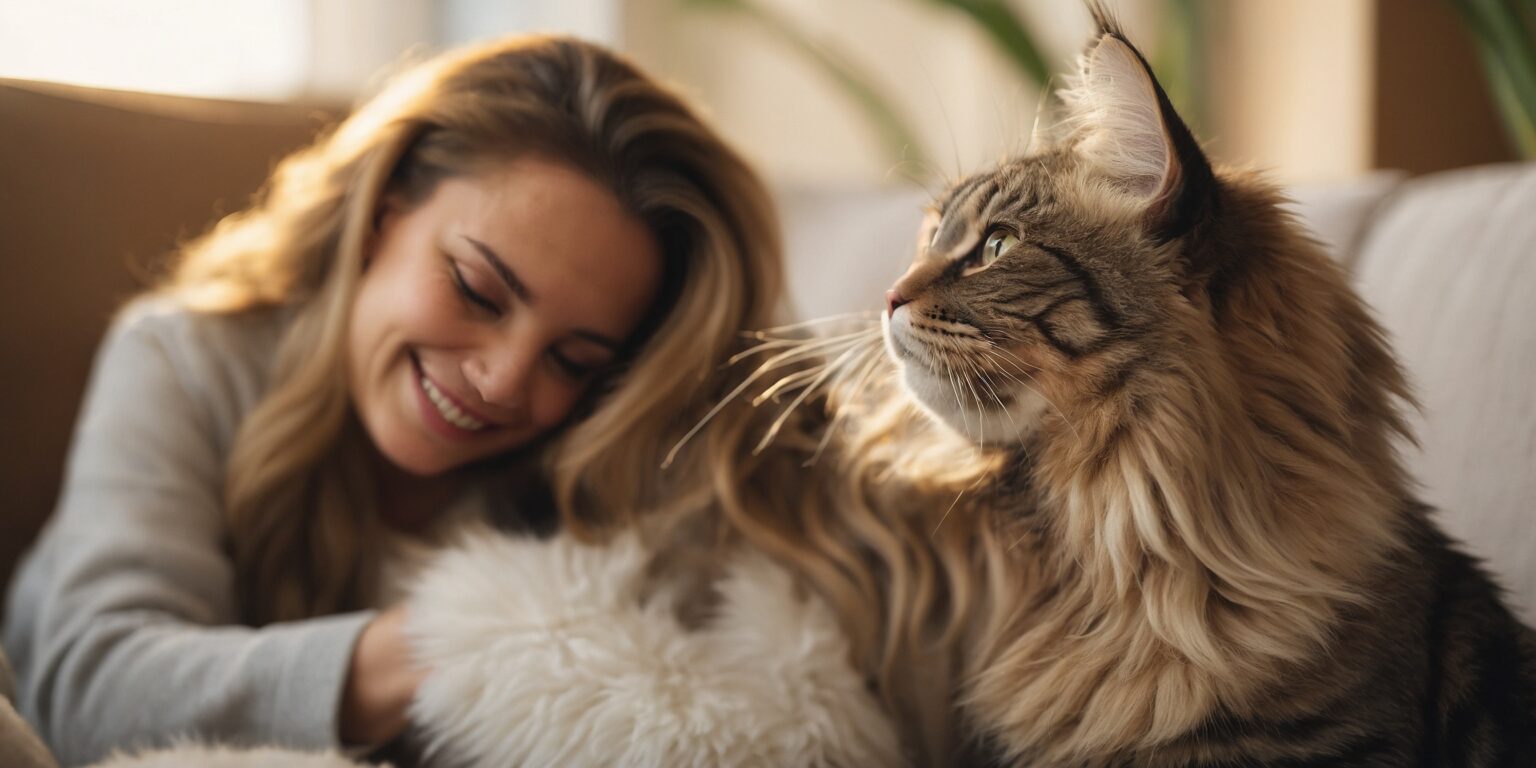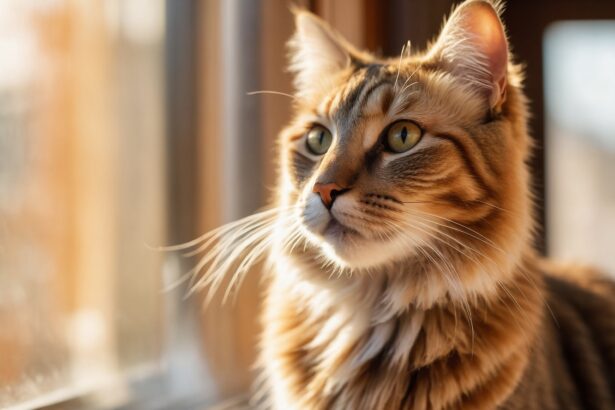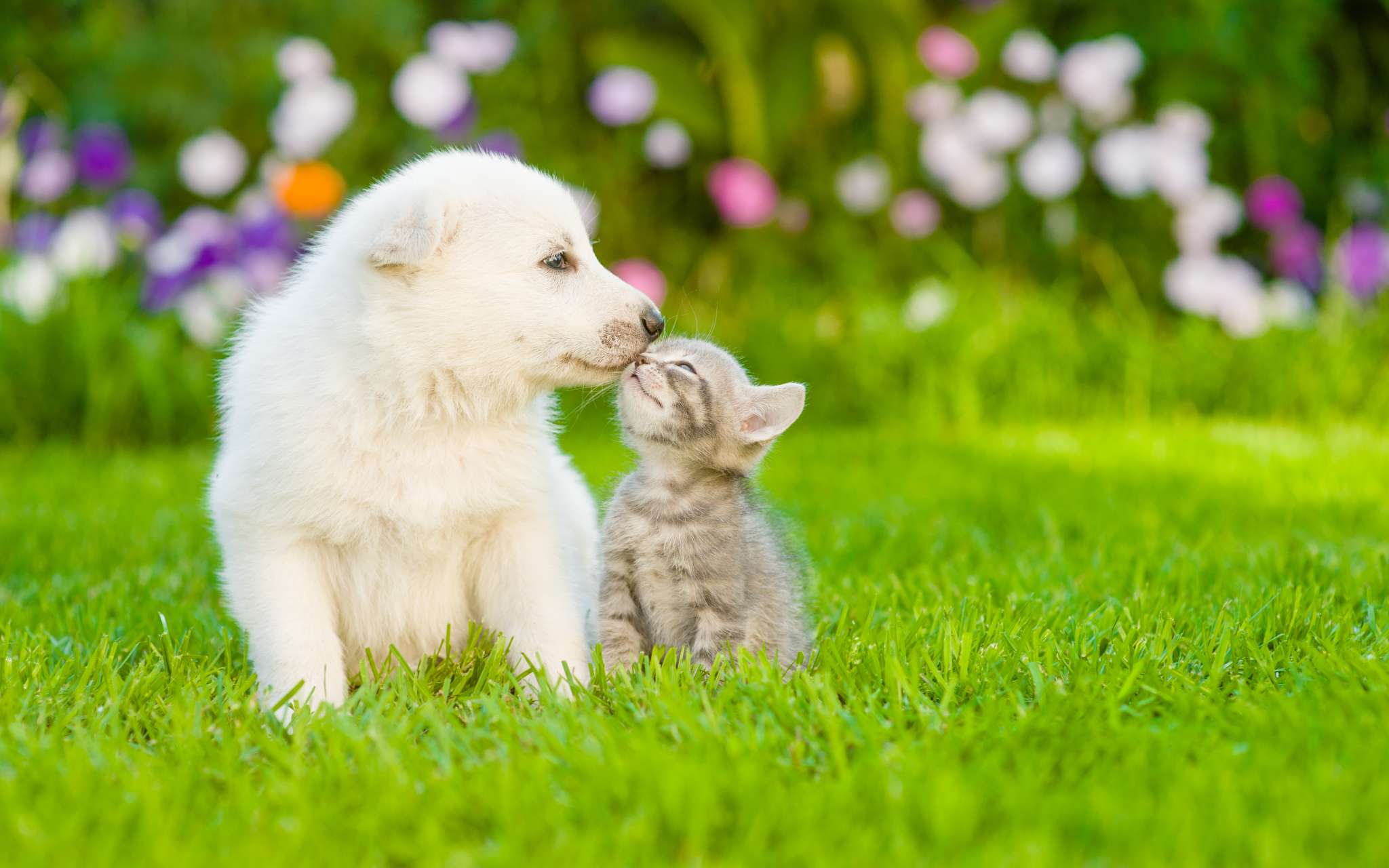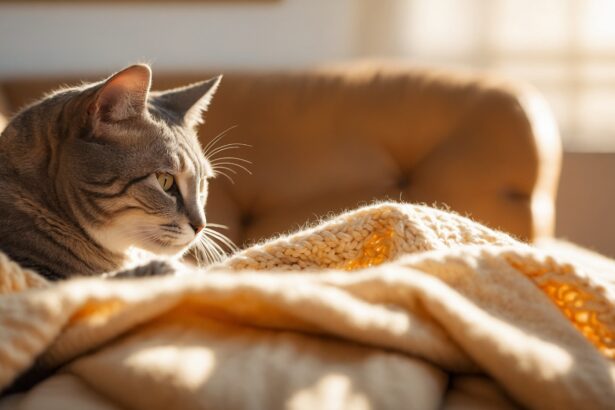Maine Coon 101: Meet the House Panther with a Heart of Gold
Big paws, bigger heart. The Maine Coon is a majestic, people-loving kitty who turns any home into a softer, purr-filled place. Built for colder climates and long cuddle sessions, this gentle giant blends rugged looks with an endlessly sweet nature.
- Maine Coon 101: Meet the House Panther with a Heart of Gold
- Origins and looks: built by nature, adored by humans
- Feeding your gentle giant: fuel for strength and health
- Grooming that glorious coat: simple routines, stunning results
- Play, train, bond: the Maine Coon mindset
- Home setup for a happy giant
- Health notes you’ll be glad you knew
- Why a Maine Coon steals hearts (and blankets)
Curious where this charmer comes from and why the fur is so fabulously plush? Let’s explore what makes the Maine Coon so special—and how to care for yours with confidence.
Origins and looks: built by nature, adored by humans
Named after the U.S. state of Maine, the breed’s beginnings are wrapped in legend. What’s certain: they’re robust, weather-ready, and blessed with a long, water-resistant coat. Their large, lynx-tipped ears, expressive eyes, and rectangular body make them instantly recognizable. Want the full backstory? Enjoy this dive into their origins and unique traits.
Surprising fact: Many Maine Coons don’t “meow”—they chirp and trill, like tiny songbirds plotting their next pounce. Adorable? Absolutely.
Feeding your gentle giant: fuel for strength and health
Thanks to their impressive size and muscle mass, Maine Coons thrive on high-quality, animal-protein–rich diets. Think complete formulas that support joints, heart health, and slow, steady growth. Consistency matters, and so does portion control.
Like all breeds, they can face health challenges. Hypertrophic cardiomyopathy (HCM) and hip dysplasia are the best known. A tailored diet and regular vet checkups are essential allies. For balanced meal ideas, browse our guide to feeding your cat.
Common mistake to avoid: Overfeeding “because he’s big.” Extra weight stresses hips and the heart. Follow vet-approved rations and monitor body condition monthly.
Grooming that glorious coat: simple routines, stunning results
That lush, silky mane? It stays fabulous with routine brushing. Aim for two to three sessions per week to remove dead hair and prevent tangles and hairballs. A stainless-steel comb and a slicker brush are a dream team.
Baths aren’t always necessary, but an occasional gentle wash can help during shedding. Keep an eye on those tufted ears and trim nails regularly—your sofa will thank you. New to claw care? Here’s a friendly how-to on trimming your cat’s claws.
Practical tip: Create a “grooming station” with a non-slip mat, treats, and brushes stored together. A two-minute daily comb-through after play builds habit—and reduces weekend detangling marathons.
Play, train, bond: the Maine Coon mindset
Sociable, curious, and oh-so-smart, Maine Coons love being part of the action. They enjoy puzzle feeders, feather wands, and any game that channels their inner hunter. Short, daily play bursts keep bodies fit and minds calm.
They’re also wonderfully trainable—yes, really. From sit and high-five to harness walks, they learn fast with positive reinforcement. For ideas to get started, peek at how to train a cat with kindness.
- Rotate toys weekly to keep things fresh.
- Add vertical spaces—shelves, window perches, tall trees.
- Offer scratchers in different textures and angles.
Home setup for a happy giant
A sturdy, tall cat tree is a Maine Coon essential—think stability first, aesthetics second. Choose wide platforms, solid bases, and high-quality sisal posts fit for big stretches and even bigger sprawls. Need help choosing? Browse the best cat trees and what to look for.
Don’t forget roomy litter boxes (low entry for older joints), wide bowls, and a calm nap zone. Their chill, dog-like vibe makes them great family companions, but they still cherish quiet retreats.
Health notes you’ll be glad you knew
Regular vet checkups matter, especially for screening heart and joint health. Keep a simple log of weight, appetite, and activity—you’ll spot patterns early.
- Ask your vet about HCM screening schedules.
- Choose joint-supporting diets or supplements if advised.
- Keep your kitty lean—best gift for long-term comfort.
Curious about extra enrichment or daily care routines? Our community-favorite cat grooming guide is a great companion read.
Why a Maine Coon steals hearts (and blankets)
Bring a Maine Coon home and you’ll understand: huge presence, gentle soul. With a few thoughtful routines—quality food, grooming, playtime—you’ll have a devoted friend who greets you at the door and purrs you through the evening.
Majestic looks, silly chirps, and an ocean of affection—what’s not to love?
FAQ
How big does a Maine Coon get?
Males commonly reach 6–8 kg, females a bit less. They mature slowly and can keep filling out until 3–4 years old.
How often should I brush a Maine Coon?
Two to three times weekly is a solid baseline. Increase during shedding seasons to prevent tangles and hairballs.
Are Maine Coons good with kids and other pets?
Generally yes—gentle, social, and patient. Always supervise introductions and give each animal safe spaces.
What health issues should I watch for?
Ask your vet about screening for HCM and monitoring for hip dysplasia. Keep weight in check and schedule regular checkups.








